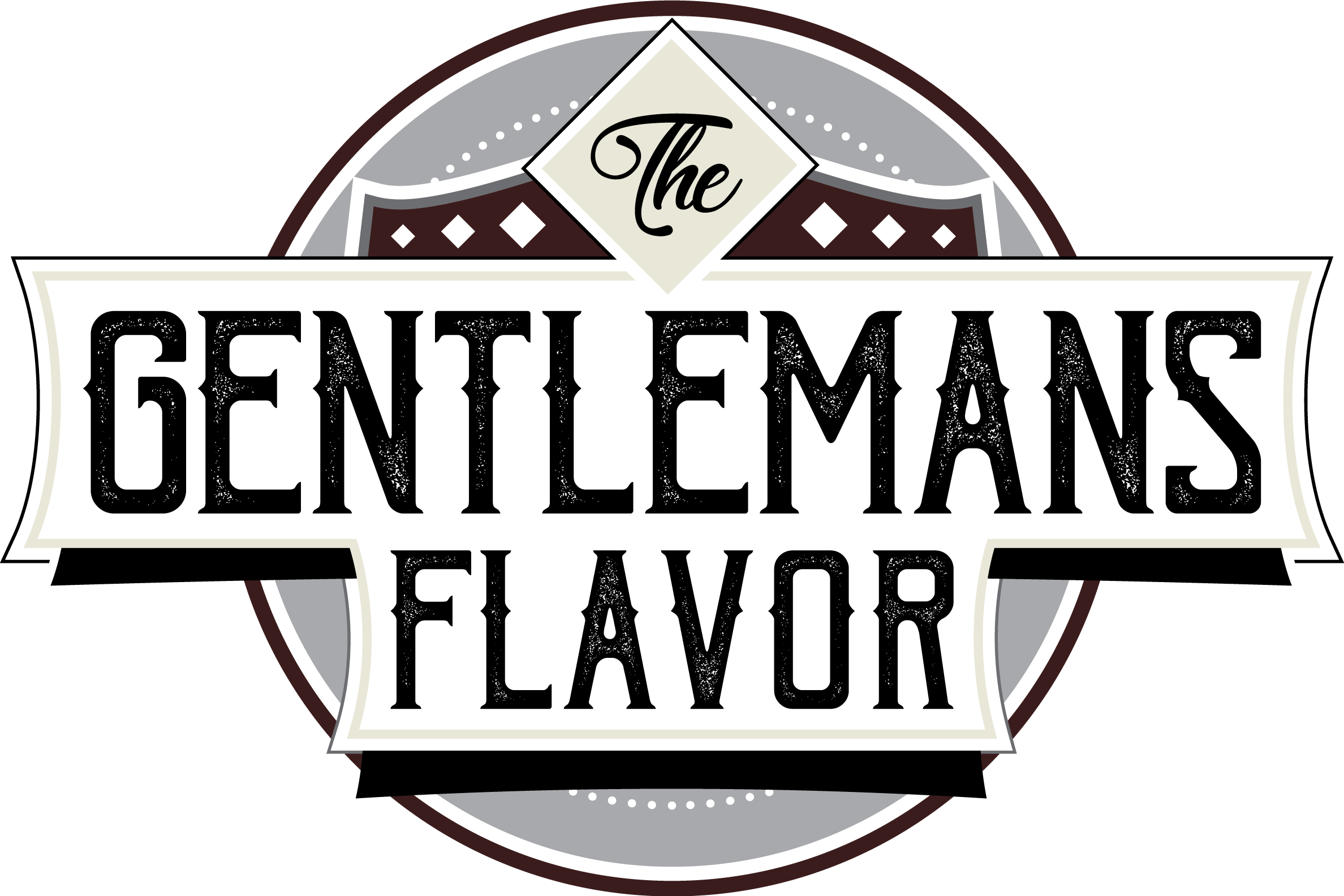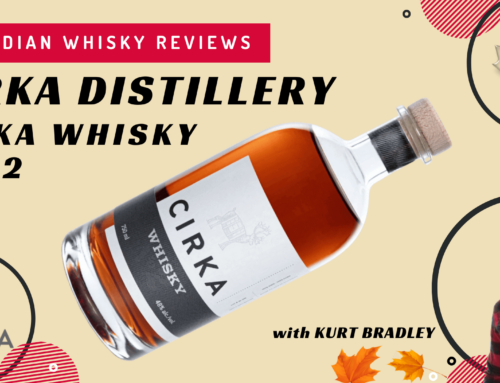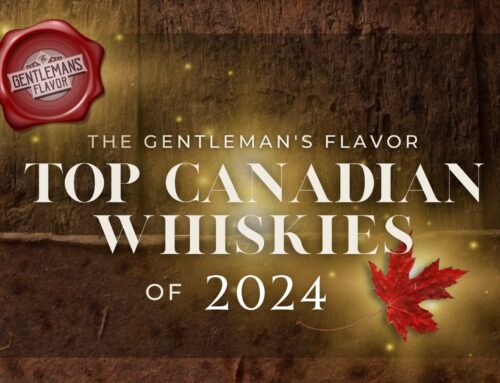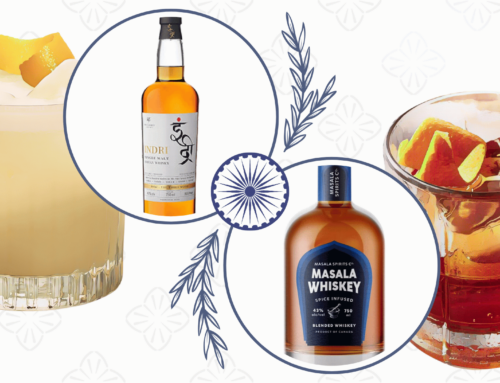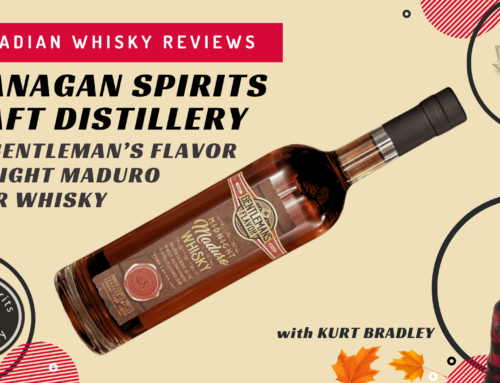This bourbon-related piece is our very first list Five After Five shortlist on the great American spirit.
The following are excerpts from stories of two of bourbon’s biggest historical names: Elmer T. Lee and Albert B. Blanton:
An excerpt from Albert’s “story”:
It was an ‘office boy’ position. Still, 16-year old Albert gladly accepted it as he had finished high school early, and employment was top of mind for him. Besides, working at the Old Fire & Copper distillery was a great place to start since the family farm was right next door.
By 1921, the distillery had a new name – The George T. Stagg Distillery – and a new president at the helm – Albert.
From his first day on the job in 1897 to his retirement in 1943, Albert worked tirelessly at the distillery. He also knew how to throw a darn good party when he was the big cheese. If you were an A-Lister you were invited to one of his soirées. He’d serve his guests liquid refreshments from what he called “Honey Barrels” from Warehouse H.

Albert Blanton
An excerpt from Elmer’s “story”:
Elmer, who had mentored under Albert Blanton, was nearing retirement. He wanted to do something to commemorate Albert – Something different.
Elmer, recalled the soirées regarding those ‘first bottled honey barrels’. He wanted to do something unique with those honey barrels. Only, it wasn’t what he did those honey barrels, rather it was what he didn’t do. Elmer didn’t blend those particular barrels. He did the opposite. He kept them separate. No blending. No co-mingling. So, as a fitting tribute, Elmer named the eventual release: ‘Blanton’s Single Barrel’.

Elmer T. Lee
Single Barrel Bourbon
Elmer T. Lee didn’t invent the concept of the single barrel.
First, before the age of bottling, bourbon was strictly sold by the barrel, so indeed every barrel was a single barrel. And, when Blanton’s Single Barrel was released 1984, Old Forester and Old Overholt were already out on the market as single barrel expressions. What Elmer did however, was be the first to use the words ‘single barrel’ as a branding differentiator in order to proclaim the uniqueness of this type of expression.
More and more, single barrel bourbons are being sought out by whiskey enthusiasts (granted, whiskies that are made up of many barrels are tasty as well). What the bourbon ‘chaser’ enjoys are the singular characteristics that one barrel will bring from the next that would otherwise be diluted in a bourbon made up of many barrels.
Labelling also plays a cool part in the telling of the barrel’s story with ‘Date Bottled’, ‘Barrel Number, ‘Warehouse’ and/or ‘Rickhouse number’. Even what kind of rickhouse or where the barrel is stored in said rickhouse also helps shape a barrel’s individuality.
Before the age of bottling, bourbon was strictly sold by the barrel so indeed, every barrel was a single barrel.“
Now, a discussion can be had (and the intensity of which is entirely up to you) as to whether single barrel bourbons deserve to be marketed as ‘premium’. A distillery generally looks for every possible selling (or telling) point that it can to effectively brand it’s whiskey and price it accordingly.

Bourbon barrels, waiting to be savoured
Another example is ‘small batch’ bourbons. However, in the case of small batch bourbons – as tasty as they are – there is no specific number that constitutes a small batch. It could be anywhere from 10 to 100 barrels. Again, not to take away anything from any bourbon, because after all, it’s about what you get out of it. At least, branding hype notwithstanding, a single barrel will at least deliver a singular experience. And, with many single barrel bourbons being bottled at a higher proof, you have the ability to add a splash of water to customize that singular experience to your specific taste.
Having said that I now present…
Top Five Single Barrel Bourbons

5.
Jim Beam Single Barrel
Clermont, Kentucky USA / 47.5% ABV / 95 Proof
Easy on the wallet but punches a little above its weight at 95% Proof.
Intentionally so, to commemorate the first barrel of whisky Jim Beam produced in 1795.

4.
Knob Creek Single Barrel Reserve
Clermont, Kentucky USA / 60% ABV / 120 Proof
Coming out from a nine year slumber in a hand-picked barrel, this bourbon has a 120 proof swagger.

3.
Elmer T. Lee Single Barrel
Frankfort, Kentucky USA / 45% ABV / 90 Proof
That’s right. The ‘Elmer’ that created the Blanton’s Single Barrel.
This bourbon is bottled to the tastes and standards of the Master Distiller Emeritus himself.

2.
Blanton’s Single Barrel
Frankfort, Kentucky USA / 46% ABV / 92 Proof
The one that officially started it all. Thanks, Albert. Oh – and thanks Elmer for making it happen.

1.
Four Roses Single Barrel
Lawrenceburg, Kentucky USA / 50% ABV / 100 Proof
With 2 mashbills and five yeast strains, this gives Four Roses 10 different recipes.This one, bottled at 50% abv uses the OBSV recipe.
Just a (tasting) note: Seagram’s at one time owned Four Roses.
And So…
With demand for American bourbon on the rise, sometimes getting your hands on one or more can seem like a unicorn chase. Do you luck out in the primary market? Or do you open up the wallet to get one in the secondary market? Also, like other previous Five After Five lists, the above aren’t the only ones you should try; rather five you should also try.
Lastly, if you blink fast enough, you’ll notice E.H. Taylor Single Barrel and Eagle Rare 10 Year Old Single Barrel are included subliminally on the list.
Cheers.
– Renaud Timson

Renaud Timson resides in Ottawa, Canada and likes to refer to himself as a “whisky enjoyist”. He is a certified Whisky Ambassador, accredited by the Scottish Whisky Association and his wallet has membership cards to The Scotch Malt Whisky Society of Canada, Ontario Whisky Quarterly and The Ottawa Whisky Guild.
On the non-whisky side, he’s a dad of six adult kids: three with two legs and three with four legs. He has some whiskies that are older than his kids.
He can be reached at renaudtimson@gmail.com.
